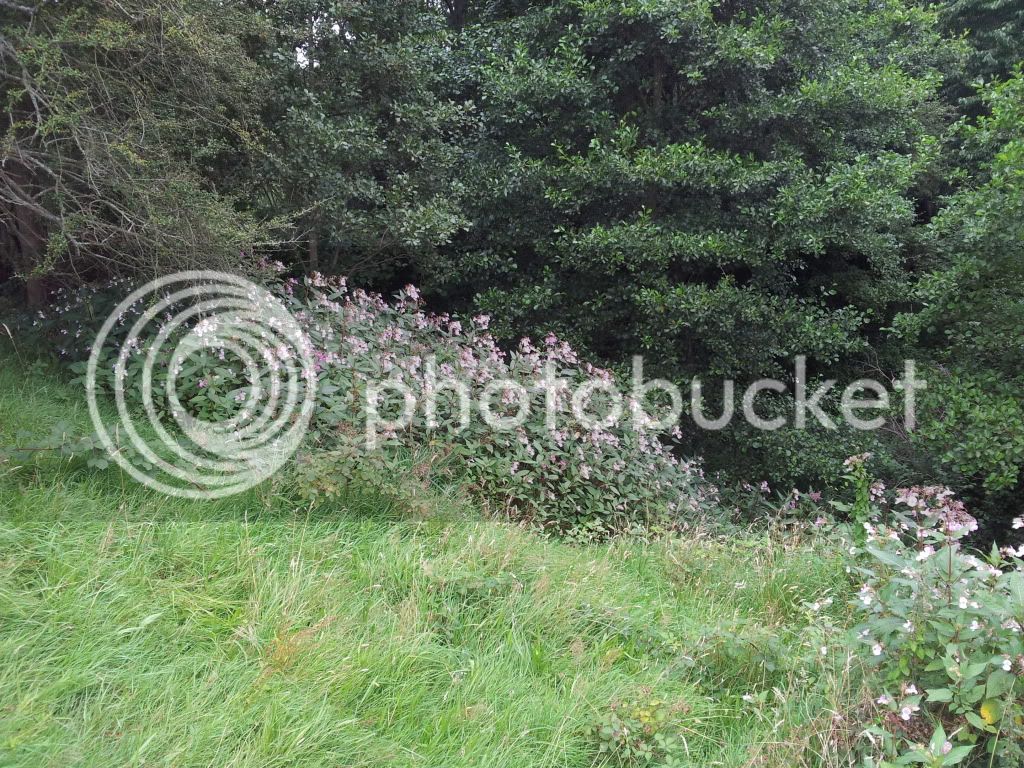What is native or not seems very much to depend where you draw the baseline.
If you start with the plain sheet after the last ice age then most lifeforms on these isles should be eradicted. Ourselves and our bees included.
Hard line viewpoints do not do anyone any good and attempted eradiction of HB is both futile and not universally popular. Eradication plans of all sorts are rarely effective, even for species easier to get rid of due to their lesser spread rates, such as Giant Hogweed and Japanese Knotweed, have not been eradicated yet.
Much is made locally of HB choking out the native plants that were there before, prominently listed is comfrey. As it is almost all the blue/prurple for that would be the RUSSIAN comfrey then? An earlier invasive species that is literally everywhere. Also quite unfazed by HB too btw...it has grown, flowered, and gone down, before HB is anywhere near its full height, and is back just as strongly next season.
Wonder when something new comes along that then chokes out the, by then naturalised, HB, and does the job FOC that people seek to spend many millions on, if it will be considered a good thing or a bad thing?
 ) and came across this smothering about 150 yrds of steepish bank above a stream and it's less than a mile from my house .. guess who's got a boat load of seeds
) and came across this smothering about 150 yrds of steepish bank above a stream and it's less than a mile from my house .. guess who's got a boat load of seeds 








